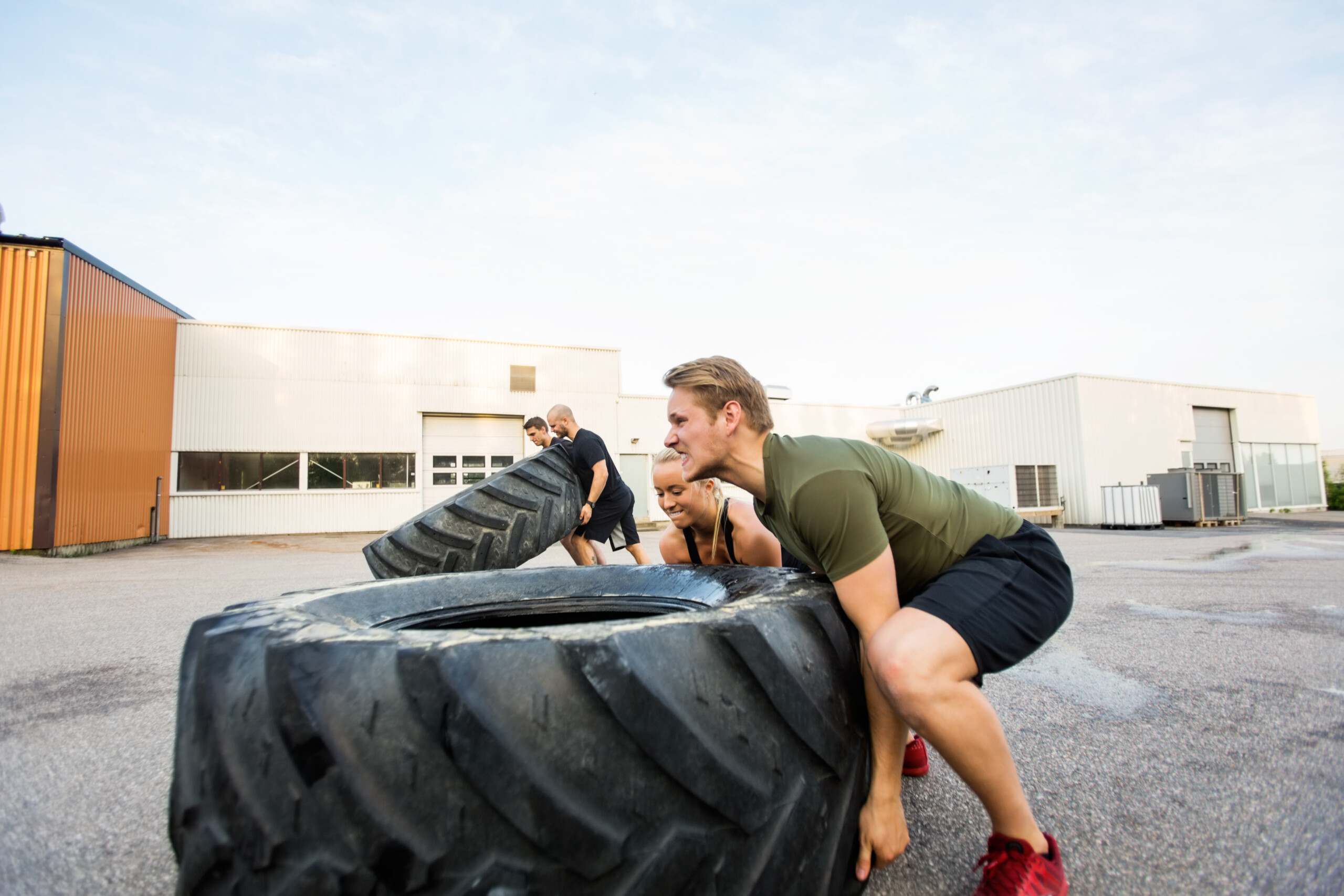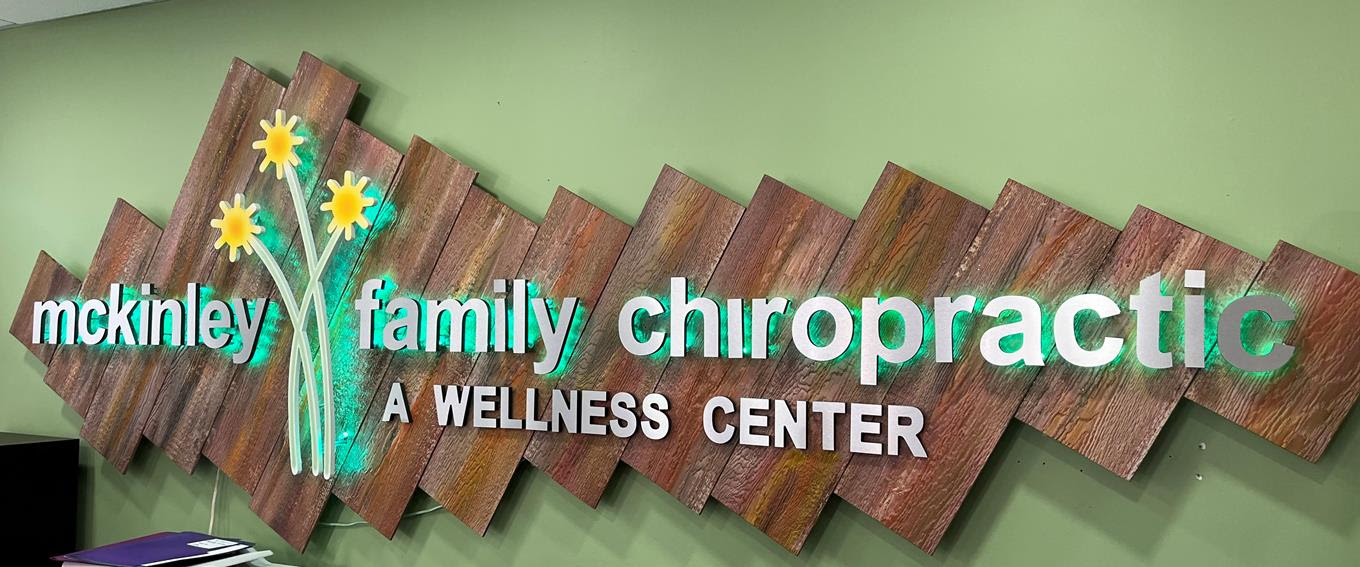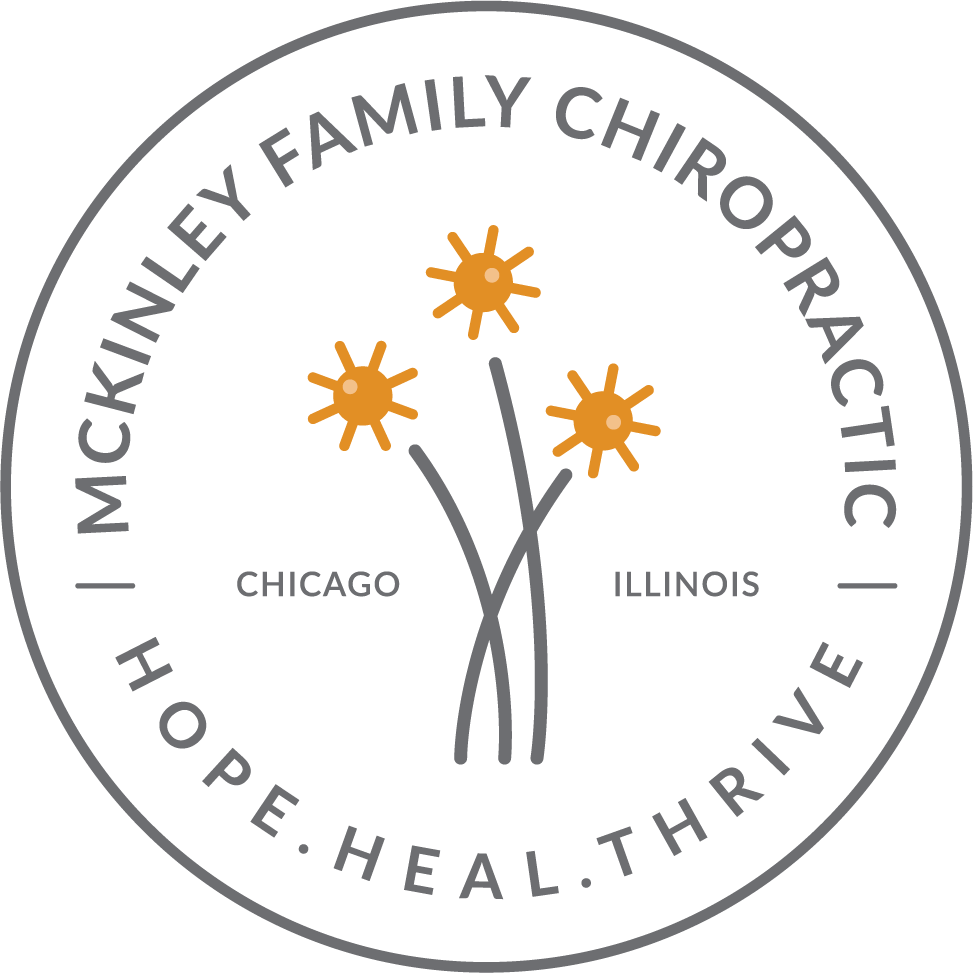by floodlightseo
Share
by floodlightseo
Share

1) Shoulder/Neck sprain /strain
While “kipping” is not the cause of all of the time, it is a factor for most cross-fit gym goers. While kipping is great for gymnastic movement, coordination, and getting extra reps in when the classic strict pull up would not work, the “kip” can easily lead to shoulder/neck strain/sprain, and at times even labrum tears. This is due to overuse and potentially poor form. While the extra reps are great with the swing style momentum, if someone is doing 50 to 100 reps a couple times a week, overuse catches up quick. If you find yourself sitting around bragging two days after a workout of how sore you still feel, which ironically seems to be a badge of honor with some gym goers, well that is a red flag you are approaching an overuse injury and may want to consider working on another muscle group to rest.
Other times, usually the last set or due to fatigue, proper form is lost and replaced with more jerky motions lead to injury, even in a seasoned veteran. Watch that form…talk to your trainer!!! If your pain in minor, and you can still work out, then you probably have a sprain, but if you are having trouble lifting your arm all the way up with no weight, or you can’t even just hang on a pull up bar without pain, you may have a tear or labrum issue, in which case imaging would be indicated in an x-ray and MRI.
Scar tissue may also be a complicating factor if you have an old (90 days or more) sprain that went untreated. If simply taking a few days to a week off your shoulder workout, doesn’t help, you should seek treatment.
Depending on the severity of the sprain, at our clinic, we use several different rehabilitation techniques including scrapping (used to break up scar tissue), chiropractic adjustments to re-align shoulder, spine, scapula, and ribs, as the body no doubt has compensated due to the overuse/sprain. The adjustments will alleviate any pressure on nerves that may be impinged, possibly leading to numbness or weakness in the arm. Finally, if a loss of the normal c-curve in your neck in present (most like not a gym injury, but due to looking down at your cell phone the last 10 years), then traction would be a great tool to bring back the proper c-curve to your neck, allowing equal distribution of weight and superior shoulder efficiency. While we are big proponents of pull-ups for exercise for strength and grip, they do pose these issues with overuse and/or poor form. Listen to your body, don’t brag about your pain, and finally, seek treatment if you want to work out for years to come.
2) Low back pain with squats or deadlifts
Regardless of your experience level, anyone who deadlifts or squats has probably experienced low back pain or “threw” their back out at one point or another. There are many reasons why one could have low back pain, so we are keeping this article brief and specific to injury-related deadlifting and squatting (front or back). While your trainer should be watching your form (tough to do in a class greater than 7or 8 people btw)……here are a couple things to consider.
When going down with weight on a squat, the hips should go down even, but many people don’t, even if they don’t have pain, which is a red flag that your SI joints (hips) are not rotating well. You will usually notice this if you watch someone from behind and see that either the left or right drops first, then the other sided catches up at the end of the squat. Most can’t feel this sensation, so best to have a partner video you. This problem will lead to significant compensation and at some point on a regular workout or maybe just getting out of bed, your body will say “no more”, and you will know as it is very painful to the point you can not even stand up straight. While other factors are involved in almost all low back pain cases, we need to look at x-rays to rule out arthritis of the lumbar spine, degeneration or thinning of your discs (your shock absorbers), as well as measuring the degree of compensation and spasm in the muscle with an EMG (electromyography) test to get a baseline and compare again after rehabilitation is complete.
The most effective treatment to correct the cause is specific chiropractic adjustments to the lumbar spine, sacrum, and SI joints. Most cases see significant improvement in 5 to 7 days, and total rehabilitation in 6-8 weeks, depending on severity.
In the rare case that an MRI is indicated for a potential bulging or herniated disc, the natural approach to healing is still your best option. Unfortunately, many people get talking into surgery too soon these days, and long-term success is unlikely with dangerous side effects. While we are not again low back surgery, it should be the last option after all other natural therapies have been tried first. In almost 20 years of private practice and over 10,000 low back pain cases, we have only had to refer less than 5 for microdiscectomy surgery. The most common areas are the L4/L5 or L5/S1 or C5/C6 or C6/C7 areas in the spine. 95% of cases will clear up with chiropractic care alone in 6 to 8 weeks.
 3) Plantar Fascitis/Shin pain/Calf pain
3) Plantar Fascitis/Shin pain/Calf pain
Do the bottoms of your feet hurt? Do you have shin pain?
Whether you are a runner or not, feet and leg pain is a big downer. If you find yourself changing your shoes or decreasing or stopping your runs altogether, then you most likely have an alignment issue or a side effect of it such as shin pain or plantar fasciitis. The issue is similar to the problem you get if the tires on your car are not properly rotated. The tires wear down quickly, and your car uses more energy than necessary. For runners, most of the time the ankle/foot is out of alignment. There are 24 different bones in each foot, but the 2 most commonly misplaced are the talus (rocker or dorsiflexion bone) and the calcaneus (the heel bone). When the ankle pivots normally, the anterior tibialis muscle (muscle on the outside of your lower leg or shin area) works far more efficiently. Therefore when either the talus or calcaneus is out of alignment or both in many cases, the result is a combination of foot pain, shin pain, and calf or Achilles tendon pain. These are quite easy to adjust with chiropractic adjustments. Most patients feel some improvement in a few days after starting treatment if not the 1st day, and total rehabilitation in 4 to 6 weeks of care, depending on severity.
As with the shoulder, the lower extremity could also use some muscle scrapping techniques if the injury is old (more than 90 days) to break up adhesions that have formed in the muscle. Many times, the pelvis and lumbar spine are off balance. Orthotics may be helpful in some cases, but we highly recommend having the entire spine, knee, leg, ankle, and foot evaluated, as most foot pain is secondary to alignment issues above the foot. The domino effect.
A Lesson on Compound Interest…. Just like investing your money, it is vital to invest in your health, and just like your money, sometimes you won’t see the advancements until you’re further down the line. There is no better time to start than right now. Making small contributions to your health will begin to pay […]
Kick Start Your 2025 with a Solid Routine We hope everyone had a great holiday, but unfortunately, it is time to get back to the real world and all of the fun that comes with it. One of the best ways to do that is by re-establishing a routine. The beginning of the year is […]




